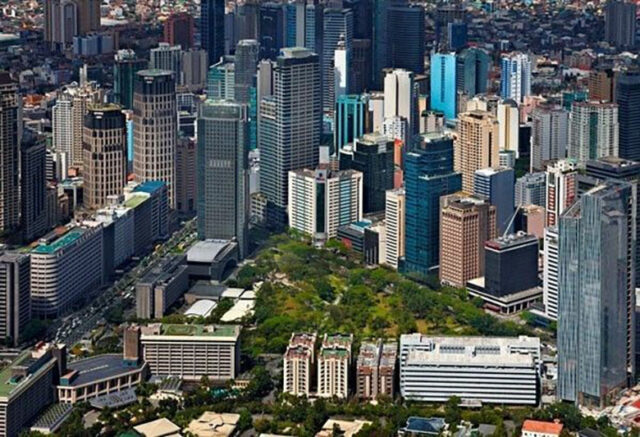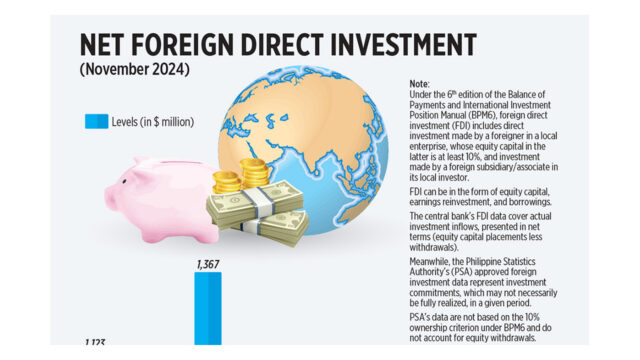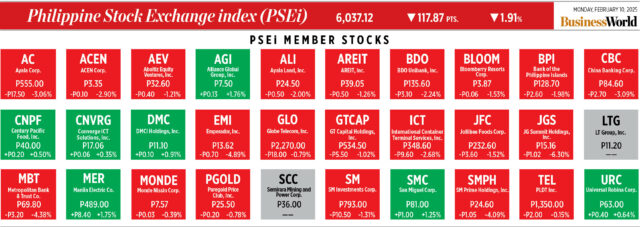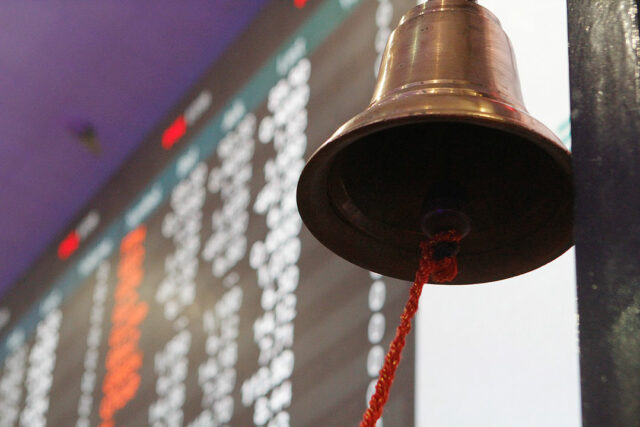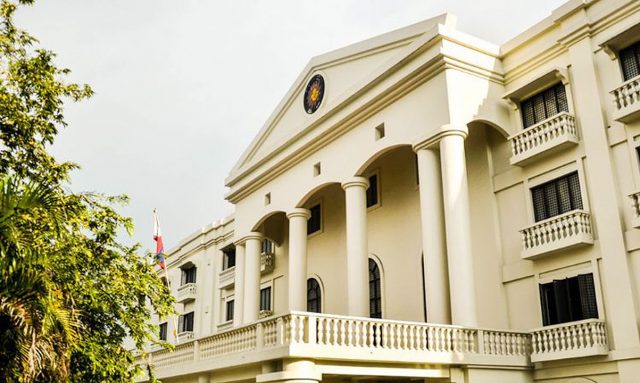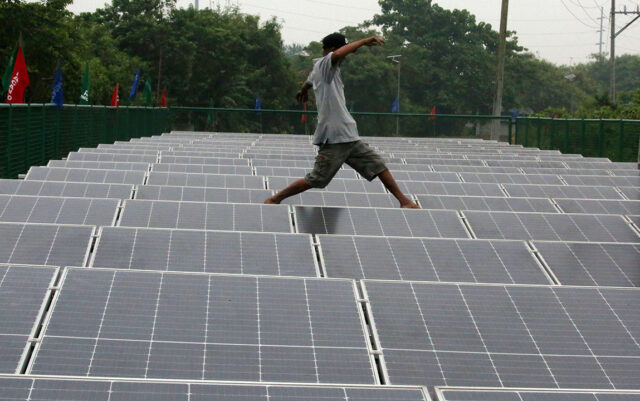Heading into the new year, Philippines-China relations have been marked by increasing tension, with China intensifying its aggressive actions targeting Philippine-claimed reefs, including Bajo de Masinloc (BDM) or Scarborough Shoal, which is 124 nautical miles west of Zambales and within the Philippines’ 300 nautical mile exclusive economic zone (EEZ). Located at the center of the South China Sea, control of Bajo de Masinloc would grant China greater access to Luzon Island, reinforcing a “strategic triangle” that links the shoal with Woody Island and the Spratlys — enhancing its ability to control the South China Sea. Additionally, the shoal is abundant in fishery resources and is the source of livelihood for Filipino fisherfolk.
China has effectively controlled the shoal since 2012. The 2016 Arbitral Ruling declared that BDM is a rock above water at high tide, entitled to a territorial sea. Still, this ruling did not include whether China or the Philippines exercised sovereignty over the shoal. Accordingly, the ruling did not prohibit fishing activities by either party; i.e., both Chinese and Filipino fishers have the right to fish in the area. However, the arbitral ruling also affirms that China’s blockage of the shoal has unlawfully prevented Filipino fishers from pursuing their livelihood.
While the ruling favored the Philippines, China has ignored it, and the international community lacks the means to enforce it. In 2024, the China Coast Guard (CCG) has conducted “dangerous maneuvers” in the waters off BDM, including firing water cannons at a civilian food and supply mission for Filipino fishers under the “Atin ’to” (“This is ours”) transparency initiative launched to shame and expose China’s intimidation. The most recent of these aggressions occurred between Jan. 3-9, on the 13th, and then again on Feb. 2, when China’s “monster” ship, a 12,000-ton, 165-meter CCG 5901 vessel, together with other CCG vessels, was identified patrolling waters some 65-70 nautical miles off Zambales, concerningly close to the Philippine coastline and well within its EEZ.
Analysts argue that this recent deployment serves as reconnaissance, surveillance, and intelligence-gathering, supporting China’s strategy to revise the South China Sea status quo and to shape domestic perceptions of its control over maritime territories within the nine-dash line.
Taiwan international relations specialist Dr. Ronan Tse-min Fu views it as a test of the Philippines’ resolve, especially as China escalates its moves. Recently, China deployed a sonic device against the Philippine Coast Guard (PCG), signaling a new tactic compared to the previous use of lasers, water cannons, shadowing, and ramming.
However, Dela Salle University international relations Professor Renato de Castro describes this as a mere continuation of China’s illegal, coercive, and deceptive, or gray zone strategies. China’s use of gray zone strategies is often intertwined with influence operations framed around narratives of “sea control” against perceived violations of its sovereignty.
Furthermore, China reinforces its cognitive warfare tactics by integrating them with lawfare. In November 2024, following President Ferdinand “Bongbong” Marcos, Jr.’s signing of the Philippine Maritime Zones Act and the Philippine Archipelagic Sea Lanes Act, China, while invoking the UNCLOS, illegally established baselines around BDM, aiming for air control over the reef.
Under Marcos Jr.’s presidency, the Philippines has focused more intently on enforcing the South China Sea arbitration ruling. Previously, advocates urged China to recognize its legitimacy. However, enforcing the ruling actually relies heavily on our own initiatives, making autonomy an essential element of our external action.
While many of the Coast Guard’s assets are acquired through soft loans and grants from Japan and international assistance, a national prioritization for Coast Guard modernization has enabled the Philippines to act independently and reclaim Bajo de Masinloc. The Coast Guard modernization bill has already reached its second reading in the Senate, which has also approved a bill granting the Coast Guard chief a fixed term. Meanwhile, institution building, a key to autonomy, is further strengthened by the Maritime Zones Act or Republic Act No. 12064, which provides a concrete operationalization of the ruling.
The PCG plays a lead role in countering China’s gray zone tactics. It uses law enforcement to assert sovereignty while avoiding the escalatory signal that naval deployment would send. The PCG refers to this as “presence,” which forms part of the post-appeasement approach, following former president Rodrigo Duterte’s administration, as actively responding to China’s harassment in the Philippines-claimed Ayungin, Sabina, and BDM shoals.
Since 2024, the PCG’s rotational patrols, in coordination with the Bureau of Fisheries and Aquatic Resources, have aimed to protect the fisherfolk’s livelihoods. This effort is integral to President Marcos Jr.’s decision to push back against China’s coercion despite the significant damage sustained by the Coast Guard’s vessels and the injuries suffered by its personnel.
Early this year, the PCG deployed the country’s newest and biggest (97-meter) vessel, the BRP Magbanua, to ward off a CCG vessel. The PCG reported that it remained “undeterred,” pushing back the monster patrol from 54 nautical miles to 120 nautical miles. The agency aired continuous radio challenges to the CCG and enhanced monitoring of the monster ship, through an aircraft-supported vessel identification. It leveraged the Canadian Dark Vessel Detection system to spot Chinese vessels intruding into Philippine waters, with the most recent one being detected within 34 nautical miles off the coast of Pangasinan. This capability was bolstered by a Philippines-Canada 2023 agreement that gave the Philippines’ US-supported National Coast Watch Center access to the maritime domain awareness-enhancing platform.
As tensions with China rise, the Philippines is strengthening its maritime defense, reflecting its resolve, amid China’s aggression, to enforce the 2016 arbitral ruling and reinforce its territorial rights under international law.
Alma Maria O. Salvador, PhD is an associate professor of Political Science at Ateneo de Manila University.

